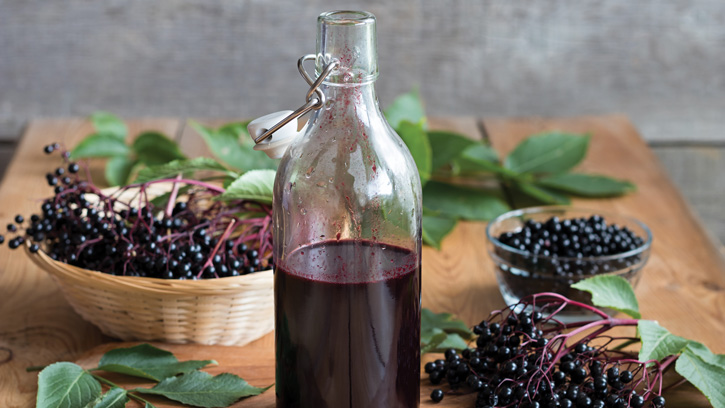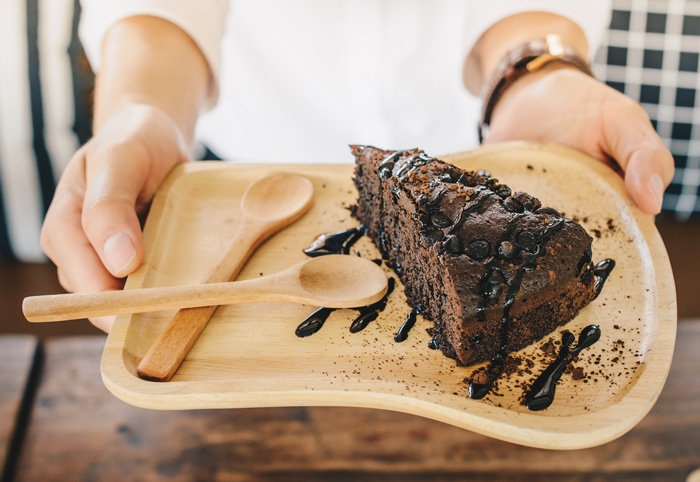COVID trends that are here to stay; One step closer to defeating food poisoning
NEWS
COVID trends that are here to stay
The pandemic brought with it many changes in consumers’ behaviors and priorities, including an increased emphasis on health and wellness, indulgence, premiumization, and taste exploration. Research from IRI indicates that many of these changes will have long-term implications, creating an economy driven by both value and premium products.
In a presentation made at an SVG Ventures Thrive event, Carrie Shea, managing partner, growth consulting, IRI, predicted five growing trends that will redefine daily life:
Immune-boosting foods. The pandemic caused many consumers to focus on building and sustaining a strong immune system, with IRI data indicating that 37% of consumers say that “food is a better medicine than medicine,” and 17% reporting they would buy more immunity-supporting products as a result of the pandemic.
Plant-based foods. Out-of-stock issues, combined with an increased health focus, pushed many consumers to experiment; as a result, sales of plant-based meat (+84%) and dairy alternatives (+21%) significantly outgrew their traditional counterparts compared with prior years.
Product transparency. Consumers not only want to know what is in their food but where it came from (e.g., locally grown, U.S.-produced, free trade). They also expect transparency about the entity that grew or produced the food (B-Corp, employee-owned, diversity).
Sustainability. According to IRI data, nearly half of Gen Z and millennials actively seek out retailers that carry sustainable products, and 69% are buying more or as many eco-friendly products as they did prior to COVID-19.
CPG mood enhancements. Euphoric and nootropic beverages saw significant growth in 2020 and are expected to remain popular among consumers looking for stress-relieving CPG solutions.
One step closer to defeating food poisoning
A protein could be the key to blocking Campylobacter jejuni, the most common bacterial cause of human food poisoning in the United States. New research from scientists at Washington State University (WSU) revealed that the secreted protein, known as CiaD, facilitates cell entry by Campylobacter and takes control of important cell processes by changing the composition of a protein complex inside the cell.
The new discovery builds on a 1999 breakthrough finding that proteins are secreted from the bacterium. Although the CiaD protein was identified in 2009 and discovered to be delivered to the host cells in 2013, the researchers had grappled with the question of what the role of secreted proteins was. “This is just the first protein to have an identified cell target,” said researcher Michael Konkel, in a press release.
“With this finding, we can speculate that processes like this that affect the cell could impact the intestinal cell’s ability to form the correct structures to absorb nutrients,” Nick Negretti, a lead member of the research team, noted in a press release. “While this is a mechanistic level of understanding, the answers to how the bacteria is specifically affecting cells in the body could have broader-ranging impacts into understanding the public health importance of this pathogen.”
Campylobacter jejuni accounts for 400 to 500 million cases of diarrhea annually, and the World Health Organization recognizes it as a serious threat due to its antibiotic resistance. By gaining insight into the infection process and the specific actions of the Campylobacter secreted proteins, the work of the WSU scientists provides a foundation for understanding why infections occur and persist.
Many restaurant closings will be permanent
Research from Datassential indicates that 10.2% of U.S. food establishments have closed permanently since the COVID-19 pandemic began.
Restaurants at all levels of service have been affected, including fast food, fast casual, midscale, casual, and fine dining—as well as food trucks, of which 22.5% are permanently off the road. Weathering the pandemic with the fewest closures is the quick-service industry, with 9.8% closures.
Chain restaurants, with the exception of those with more than 501 units, have closed permanently at a higher rate than independent restaurants, with the largest permanent closure rate (16.2%) for those with between 51 and 100 units.
By cuisine, French restaurants have been the most highly impacted, with a closure rate of 15.3%. Mixed ethnicity operators were also highly impacted, experiencing a closure rate of 12.7%. The slowest rates occurred for burger and Thai restaurants, with closure rates at 7.3% and 7.5%, respectively.
Slow to commit to net-zero emissions
In a study of 35 of the world’s largest meat and dairy companies, only six have made an explicit commitment to achieving net-zero emissions by 2050, finds a new analysis by researchers at New York University.
Of the 35 companies included in the study, which appears in the journal Climatic Change, only Dairy Farmers of America (United States), Nestlé (Switzerland), Danish Crown (Denmark), and Danone (France) had made commitments as of July 14, 2020, to achieve net-zero emissions by 2050. Since the study was conducted, Smithfield (China) and JBS (Brazil) also announced commitments.
Other major takeaways of the analysis include the following:
Companies headquartered in New Zealand, Denmark, and Switzerland make up the largest proportion of future emissions as a portion of total country target emissions under the Paris Agreement.
Nine U.S.-headquartered companies combined currently represent 6% of U.S. total emissions, which would increase to 9% in 2025 if the United States complies with its commitments to the Paris Agreement (as of 2015).
Eight of the 10 U.S.-based meat and dairy companies have consistently lobbied Congress and the Environmental Protection Agency on environmental and climate issues, issuing 545 quarterly lobbying reports since 2000 on environmental and climate issues.
In addition to examining global climate impacts, the study looked at the companies’ influence in shaping political responses to climate change, which often minimized the effect of animal agriculture. “The largest meat and dairy companies in the U.S. have spent a considerable amount of time, money, and effort into downplaying the link between animal agriculture and climate change, and into fighting climate policy more generally,” said study co-author Oliver Lazarus in a news release. “Documenting their influence in this area is critical to understanding the failure of the U.S. government to adequately address climate change.”
Bread and cakes, like apples and oranges?
When consumers think about bakery items, bread and cakes fall into different categories, with bread seen as an everyday staple that has health and nutritional benefits while cakes are viewed as enjoyable indulgences, according to research from Innova Market Insights.
The study also revealed that cake consumers are bigger experimenters compared with their bread counterparts, with 44% saying they would experiment with flavor choices versus 33% of bread consumers. More-over, cake consumers indicated clear preferences for bold and innovative flavors while bread consumers tended to prefer milder, more familiar flavors.
When it comes to eating occasions, regional distinctions play a role. Although breakfast is on average the most important time for bread consumption, lunch takes the lead in parts of Europe. Meanwhile, cakes are most often eaten as afternoon snacks; however, “In East Europe, cakes are most often eaten with the evening meal,” notes Lu Ann Williams, director of innovation, in a press release, adding that in North America, cakes are popular as evening snacks.
Despite differences in the way consumers think about bread and cake, taste remains the most important choice factor for both. Similarly, freshness is also highly valued, although slightly more so in bread than in cakes.






